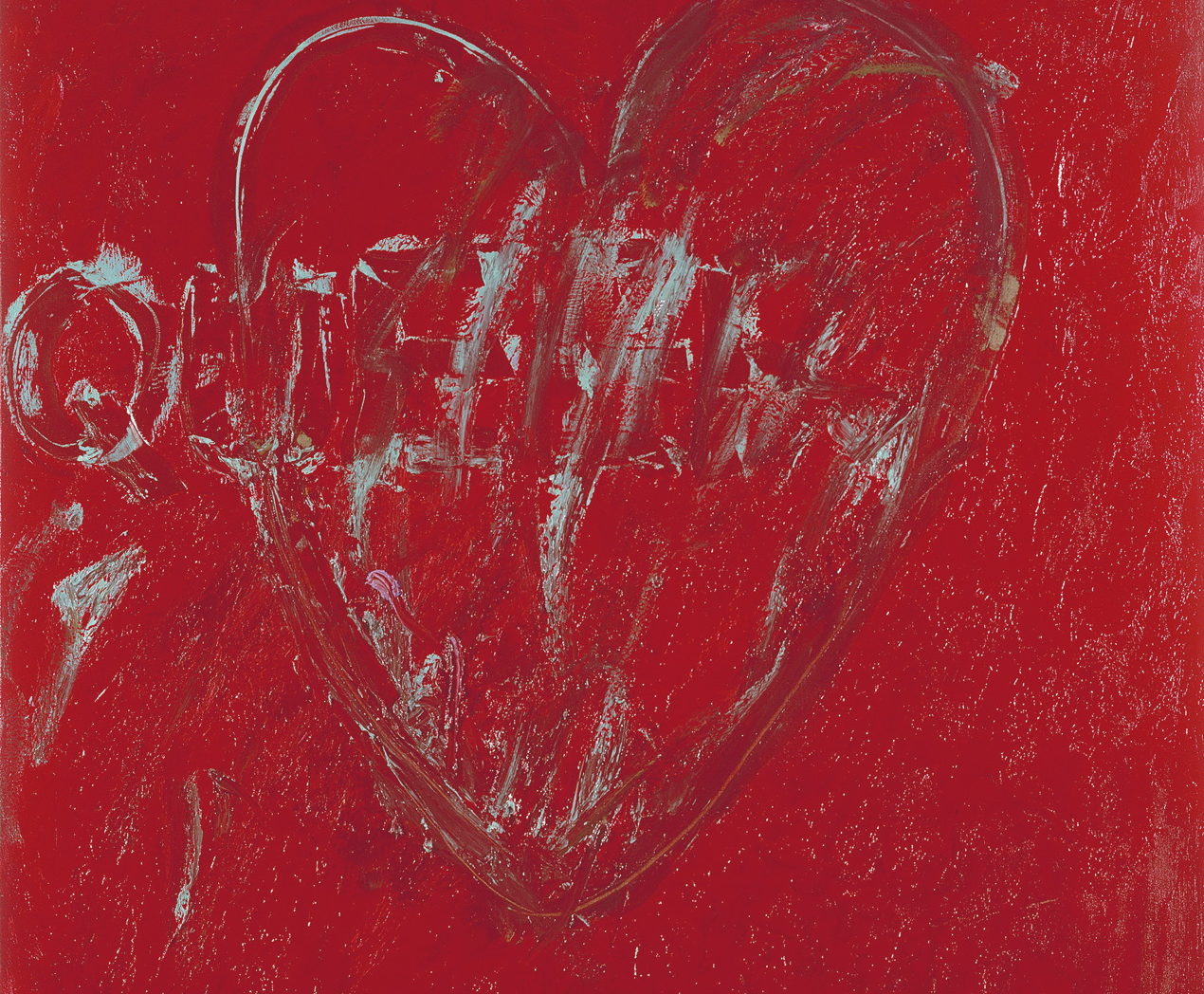In the frame: Derek Jarman
Best known as a film-maker, Jarman was also a diarist and artist. From pop to politics, his work epitomises 1980s culture but remains vital today
“His life was his art and his art was his life,” says Jon Savage, the author and film-maker who knew Derek Jarman personally. “Most people think of him as a film-maker but there are all sorts of other aspects.
“The paintings, the fine art traditions, but also the diaries, the handwriting, the pop videos and the assemblages – there’s an enormous amount there, but at the heart of it all was Derek. In a way I see everything as indivisible from who he was.”
A major retrospective of Jarman’s work would have revealed such had it opened in April as planned. Alongside films like Sebastiane (1976), Caravaggio (1986) and The Last of England (1987), Jarman produced a huge body of other work through his life.
His artwork and filmmaking were always intertwined however. Even some of his early landscape paintings bled into his emerging interest in film, through his use of a Super 8 camera in works such as Journey to Avebury (1971), for example.
“We tend to think of Derek as a radical,” says Savage. “But he was also very traditional in some ways. He was interested in historical byways, in alchemy, in what you could call old weird Albion.”
“We know he was interested in more established landscape artists like Paul Nash for instance,” adds Manchester Art Gallery’s Fiona Corridan, who curated the Jarman retrospective alongside Savage.
If there’s one interlinking theme that runs through Jarman’s work, Corridan says it might be his “curiosity” with the world around him.
“You get a window into what was happening during the period he was working, whether that was other artists who inspired him, reacting to other forms of media like film, or what was happening socially and politically.”
Jarman’s interest in and work with popular culture made him a well-known figure in certain circles in the 1980s, working with actors and musicians such as Tilda Swinton, Toyah Willcox and the Pet Shop Boys. This popular culture is also represented in work such as I.N.R.I (1988), which has action figures of cartoon characters He-Man and Skeletor laid out across a landscape of crushed beer cans and religious objects that, as Corridan explains, “raises questions about organised religion, what that means and the hypocrisy of all of that”.
Although this particular assembly is loaded with meaning, Savage says there can be a tendency to “overstate the seriousness of his work” at the expense of the playfulness existed in other assembly pieces, material for which he often gathered on beachcombing expeditions near his home Prospect Cottage, in Dungeness, Kent.
Playfulness aside, though, there’s no doubt Jarman did make a number of pieces that were a “howl of protest”, as Savage calls them, such as Margaret Thatcher’s Lunch (1987), a dark, angry composition of thick black paint into which words have been scratched and rusting metal wire and a bloody knife and fork embedded.
“If you were gay [during Thatcher’s time as prime minister] it was a pretty grim period, because you had a government colluding with the gutter press and demonising gay people.
“Derek is a figure of resistance against Thatcher and the new right – not necessarily political resistance but spiritual and ideological resistance, even before he was diagnosed with HIV.”
The political and protest nature of his work erupts again towards the end of Jarman’s life, in the slogan paintings of the early 1990s, such as the monumental Queer. Strips of tabloid newspapers are layered upon one another and then painted over in thick, blood-like paint, on which is scrawled the word “Queer”, itself written through a love heart. It’s almost advert-like, says Corridan. “It makes a loud, strong point. There’s an angry, visceral quality to it. It’s mocking what we were seeing in the tabloids at the time, the hysteria around the Aids pandemic.”
Works like this were part of the protest movement that came about through the Aids crisis when, says Savage, gay men, “instead of seeing themselves as victims, came together and started working towards some kind of political and social change.”
Other work coming out of this period such as Fuck Me Blind, a direct reference to Jarman losing his eyesight because of the illness that would eventually take his life in 1994, is “pretty devastating”, says Savage. “I find [them] difficult and upsetting. They have a concentrated power, those paintings.”
Jarman’s work was produced when society was more repressed and repressive, and when a different virus than the one we’re facing now was claiming hundreds of thousands of lives. But he remains vital and influential.
“There is something in Derek’s work, his use of archetypes, his energy, his almost protean quality – that transcends time.”
Main image: Queer (1992)

Leave a reply
Your email address will not be published.